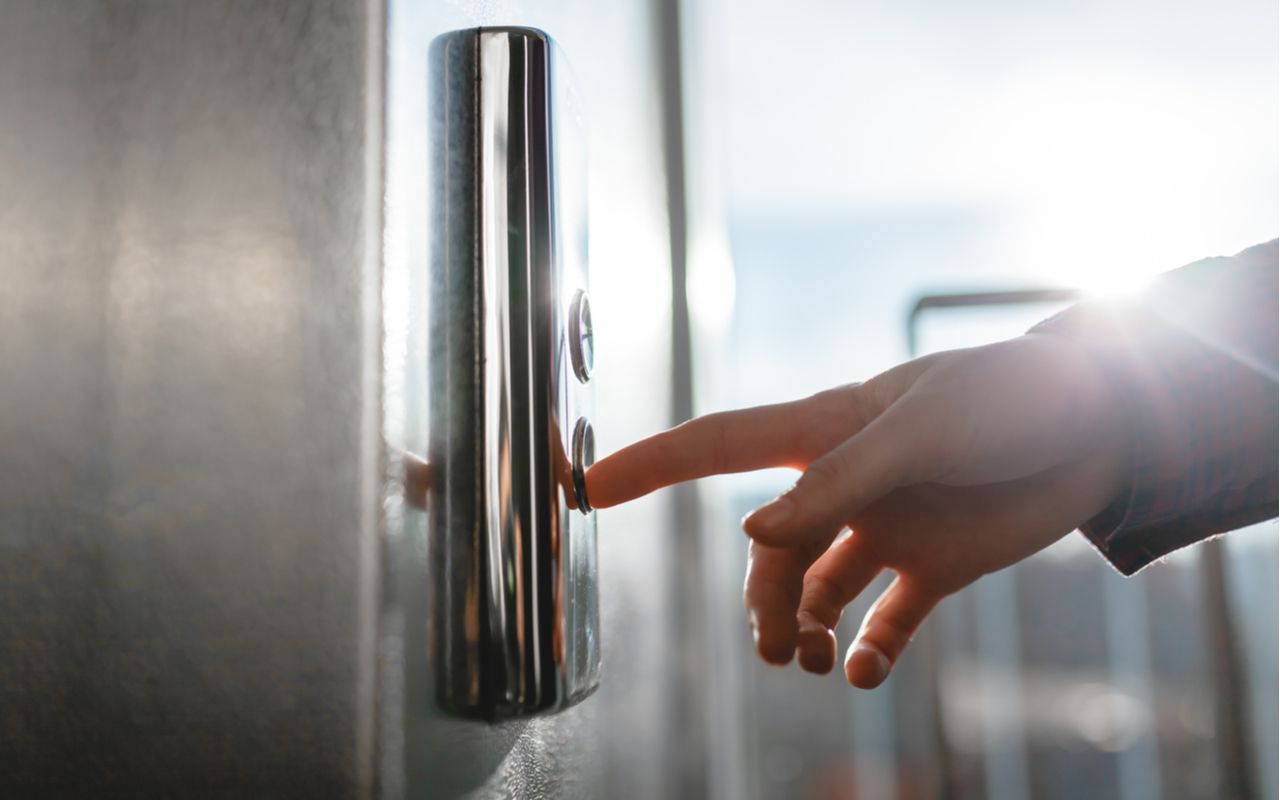By its own numbers, New York State contains 10% of all elevators in the country. The Empire State, iconic for its glittering skyscrapers and miles of apartments, relies on these elevators to function safely 24 hours a day, seven days a week.
In this context, it is a serious concern that, according to the New York City Department of Buildings, at least 22 people were killed in passenger elevators or shafts in the city between 2010 and 2018. The majority of those deaths –12 out of 22– were of elevator mechanics. Excluding natural disasters or other extreme circumstances, elevator injuries and fatalities are often preventable. Experience, information and responsible checks and balances are important in this prevention.
Seeking to prevent loss of life and serious injury for elevator installers, repairers, and users, the Elevator Safety Act (S.4080-C/A.4509) was introduced in New York back in 2012. The legislation would require workers within the elevator sector to be licensed. Responsible for assembly, maintenance and inspection, those working within the trade are at the front line of ensuring an elevator’s ongoing safety. Without proper licensing, elevator workers and the public are at an increased risk of serious injury.
Elevator Licensing Standards in the United States
Requiring workers within the elevator sector to be licensed is far from a new concept. Advocates for the passage of New York’s Elevator Safety Act cited that the state was just one of 15 that do not require elevator installers and repairers to be licensed. States such as California, Florida, Illinois, Missouri, Rhode Island and Washington have similar licensing requirements:
California. California’s Department of Labor Relations elevator unit oversees applications for certification as a Certified Competent Conveyance Mechanic for limited and general elevator mechanics, temporary mechanics, emergency mechanics, elevator companies and elevator inspectors. To be considered for certification, a laborer must have at least three years of work experience in construction, maintenance, service or repair of conveyances and meet qualifying requirements outlined by the state. However, it’s important to note that the certification is not a license to perform work that requires a contractor’s license by the California Business and Professions Code or any other agency.
Florida. Florida’s Department of Business and Professional Regulation offers applications for Certificate of Competency, a credential that certifies the worker has received the training required to perform the duties of a Certified Elevator Technician. Workers must hold a Certificate of Competency before being registered as a Certified Elevator Technician. In the state, only Certified Elevator Technicians are allowed to construct, install, inspect, maintain or repair elevators, escalators and other vertical conveyances.
Illinois. Under the implementation of the Elevator Safety and Regulation Act in 2015, no individual in the state of Illinois can “erect, construct, wire, alter, replace, maintain, remove, dismantle or inspect any conveyance contained within buildings or structures without possessing the proper license.” The state’s Elevator Safety Division oversees license applications for elevator contractors, mechanics, inspectors, inspection companies and apprentices.
Missouri. Missouri’s Division of Fire Safety, Elevator Safety Unit manages the state-mandated licensing application process for elevator contractor I and II, mechanic I and II, as well as inspector occupations. To be granted an elevator mechanics license, an applicant must demonstrate that he or she has either worked as an elevator mechanic for at least four years; passed a nationally recognized elevator industry training program’s mechanics examination; completed an elevator mechanics apprenticeship program approved by the U.S. Department of Labor’s Bureau of Apprenticeship and Training; holds an elevator license in another state that meets or exceeds the Missouri’s requirements; or has documentation of at least four years of elevator experience and training and successfully passed a nationally recognized training program’s mechanics test.
Rhode Island. The state of Rhode Island requires all individuals employed in the installation, construction, maintenance, modernization, removal or repair of elevators to be licensed. The requirements involve passing a written exam, completing a department-registered elevator apprenticeship program or an apprenticeship program registered in a reciprocal jurisdiction under direct supervision with a licensed mechanic, as well as paying a fee.
Washington. Washington’s Department of Labor and Industries issues elevator mechanics licenses in nine different categories, ranging from a general license that certifies a mechanic to perform any kind of work on any type of conveyance to limited licenses that allow a mechanic to work on specific types of equipment and/or limits the timeframe in which they can perform their job duties. The department also offers licenses for elevator contractors.
New York’s Elevator Safety Act
In January 2020, New York Governor Andrew M. Cuomo signed the Elevator Safety Act into law and paved the way for safer and more accountable elevators from initial design through years of use. Due to a compromise with state lawmakers, it will not take effect until January 2022.
According to the bill text, the Elevator Safety Act “requires all workers engaged in the design, construction, inspection, maintenance and repair of elevators or other automated people moving conveyances to be licensed by New York State.” Under the Act, New York state will issue three licenses based on a worker’s role:
- an elevator contractor license;
- an elevator mechanics license; and
- an elevator inspector license.
The DOB will also be required to maintain a publicly-available list of licensed mechanics, contractors and inspectors.
In tandem with these requirements, the Elevator Safety Act creates the New York State Elevator Safety and Standards Advisory Board. This 13-member board will help establish safety standards going forward, including recommendations for elevator inspections, examinations to satisfy licensing requirements and enforcement to ensure compliance. Seven members of the board will be appointed by the governor, three by the speaker of the State Assembly and three by the temporary president of the State Senate.
By setting the standard for minimum education and training for elevator mechanics, increasing accountability for installation and repairs, as well as strengthening oversight statewide, New York state has finally caught up to the majority of U.S. states and the District of Columbia.
The real question now is whether the state will adequately meet its own standards. Reporting from The Real Deal and other local real estate outlets has revealed failure to hold landlords and developers accountable, missed inspections, poor record-keeping and even false reporting by state employees and contractors.
If New York is able to overcome these issues, these changes have the potential to help prevent serious injury and loss of life for elevator workers, while protecting the public from unsafe or poorly maintained elevators.
In Case of Injury
Proper and thorough training is the best way for elevator workers to avoid injury or worse on the job. However, if an elevator accident does occur, it is important to be prepared and take quick action.
First and foremost, seek medical attention. Remain calm and dial 911. If unable to do so, get help from bystanders who can make the call. After attending to injuries, workers should file an accident report. Generally, workers cannot sue their employers for on-the-job injuries. Instead, they have the option of filing a claim under the state’s workers’ compensation law in order to cover their related medical expenses and loss of earnings up to certain limits. Negligence is not a determining factor in workers’ compensation claims, so regardless of whether the worker or employer was at fault for the injury, they are still eligible for benefits.
For riders or workers who suffer an elevator injury or family members who lose a loved one in an elevator accident, a personal injury lawsuit may be an option. Personal injury claims can be made against a person or company other than the injured person’s employer, such as the owner of the building, elevator maintenance company, or a contractor for their negligence and statutory violations.
Successful personal injury lawsuits cover losses related to the injury and can include medical expenses, lost income, future wages or diminished earning potential as well as physical pain and suffering, mental anguish, lost quality of life and other emotional consequences. Victims looking to pursue legal recourse for damages they’ve suffered due to negligence should consult the guidance of an experienced personal injury lawyer who can guide them through the process.
In a perfect world, no one would need to file a workers’ compensation or personal injury claim for an elevator injury or death. At present, that standard has not been achieved. However, legislation such as New York’s Elevator Safety Act represents an important step toward perfecting the current system and can make a real difference for the safety of elevator workers and passengers.






